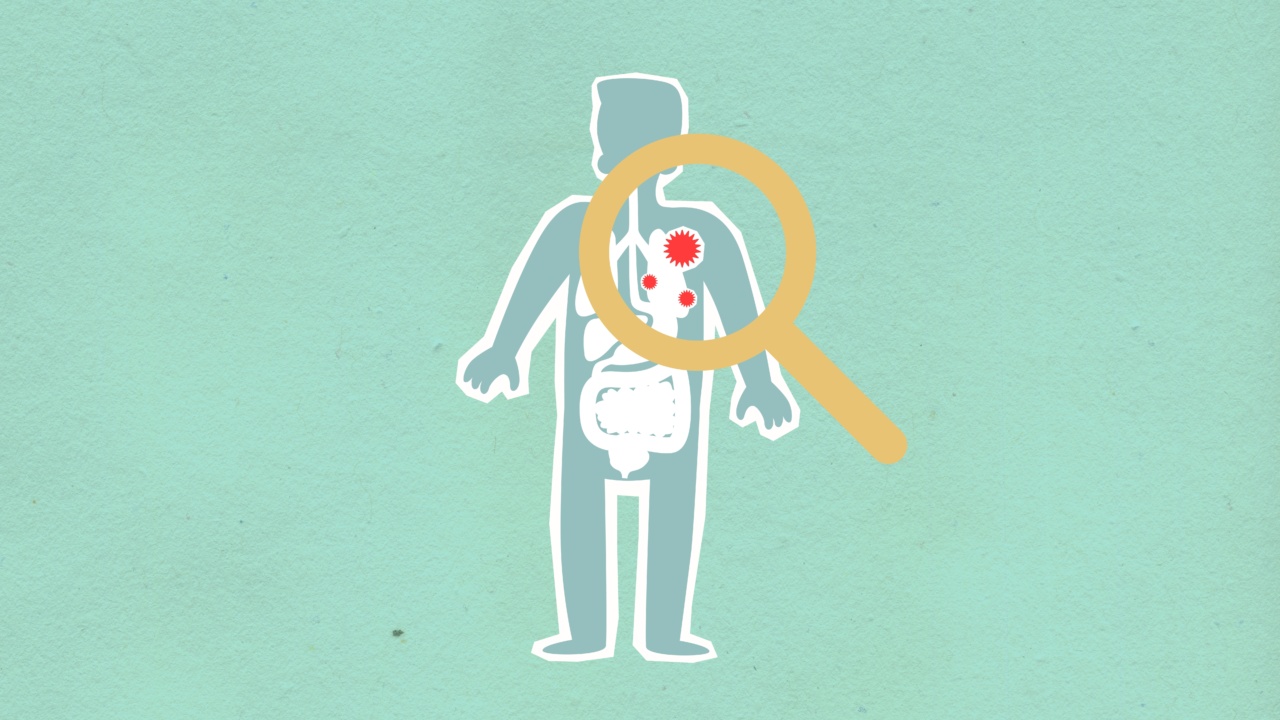Caesarean delivery is a common mode of delivery worldwide. According to the World Health Organization (WHO), approximately one in every four babies are delivered via caesarean section.
The debate over whether babies delivered by caesarean section are at higher risk of hospitalization for infections has been ongoing for several years. In this article, we will explore the impact of caesarean delivery on children’s risk of hospitalization for infections.
The Relationship Between Caesarean Delivery and Children’s Risk of Hospitalization for Infections
Research has shown that babies delivered via caesarean section are at higher risk of developing certain conditions such as asthma, allergies, and obesity compared to babies delivered via vaginal delivery.
These conditions have been linked to alterations in the baby’s microbiome, which refers to the trillions of microorganisms living in and on our bodies.
During vaginal delivery, the baby is exposed to the mother’s birth canal, which is teeming with microbes. These microbes have been shown to play a significant role in the development of the baby’s immune system.
However, during caesarean delivery, the baby is born via a surgical incision, which means that the baby is not exposed to these vital microbes.
Risk of Respiratory Infections
One of the most significant risks associated with caesarean delivery is the development of respiratory infections.
According to a study published in the journal Thorax, babies delivered via caesarean section were two times more likely to develop respiratory infections such as pneumonia, bronchitis, and bronchiolitis compared to babies delivered vaginally. The study also found that the risk of respiratory infection was higher in babies delivered via caesarean section if the delivery was not medically necessary.
Risk of Gastrointestinal Infections
Another significant risk associated with caesarean delivery is the development of gastrointestinal infections.
According to a study published in the journal JAMA Pediatrics, babies delivered via caesarean section were more likely to develop gastrointestinal infections such as gastroenteritis and necrotizing enterocolitis compared to babies delivered vaginally. The study also found that the risk of gastrointestinal infection was higher in babies delivered via caesarean section if they were not breastfed exclusively for the first six months of life.
Impact on Long-Term Health
The impact of caesarean delivery on long-term health is a topic of ongoing research.
However, some studies have shown that babies delivered via caesarean section may be at higher risk of developing certain conditions later in life, such as autoimmune diseases, type 1 diabetes, and celiac disease.
A study published in the journal Diabetes Care found that babies delivered via caesarean section were at higher risk of developing type 1 diabetes compared to babies delivered vaginally.
The study also found that the risk of type 1 diabetes was higher in babies delivered via caesarean section if they were not breastfed exclusively for the first three months of life.
Conclusion
In conclusion, caesarean delivery has been linked to an increased risk of hospitalization for infections in children. This risk is particularly significant for respiratory and gastrointestinal infections.
While caesarean delivery is sometimes necessary for medical reasons, it is important to consider the potential impact on the baby’s health when making the decision to deliver via caesarean section.





























